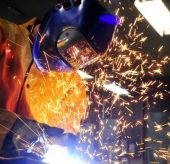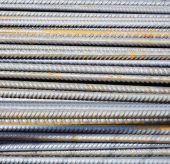Advancements in Welding Technology
Sacramento Sparks Reno Welding Supply
Advancements in Welding Technology
The welding industry is undergoing a significant transformation, thanks to the advent of advanced welding technologies like laser welding, friction stir welding, and ultrasonic welding. These innovative methods are not only enhancing the efficiency and quality of welding processes but are also opening new possibilities for applications in various sectors, including automotive, aerospace, electronics, and construction. Let’s delve into how these cutting-edge technologies are revolutionizing the industry.
Laser Welding: Laser welding stands out for its precision and versatility, making it ideal for applications requiring high-quality joins with minimal distortion. This technology employs a highly focused laser beam to melt the material, resulting in precise, clean welds with a narrow heat-affected zone. Its application has been particularly transformative in the automotive and aerospace industries, where the demand for lightweight yet strong assemblies is high. Moreover, laser welding’s capability to join dissimilar materials and its adaptability to automated production lines underscores its potential to significantly impact manufacturing efficiency and product innovation.
Friction Stir Welding: Friction stir welding (FSW) represents a solid-state joining process that has gained prominence for welding aluminum and other non-ferrous metals, which are traditionally challenging to weld using conventional methods. This technique involves a non-consumable tool that generates frictional heat and mechanically stirs the materials together, resulting in a joint with superior mechanical properties. FSW’s ability to produce high-strength welds with minimal defects has made it a game-changer in industries such as aerospace and marine, where material integrity and performance are paramount.
Ultrasonic Welding: Ultrasonic welding uses high-frequency ultrasonic acoustic vibrations to create solid-state welds without melting the material. This technology is particularly suited for joining soft materials, such as plastics and textiles, making it invaluable in the electronics and automotive industries, where it’s used for everything from assembling intricate electronic components to welding plastic parts. Its advantages include low energy consumption, fast processing times, and the ability to weld thin and delicate materials without damage.
The integration of advanced welding technologies like laser welding, friction stir welding, and ultrasonic welding is not just enhancing operational efficiencies and product quality; it’s also enabling the creation of innovative products and applications across various industries. As these technologies continue to evolve and mature, their impact on the welding industry and beyond is poised to grow, paving the way for new manufacturing paradigms and revolutionizing how we design, build, and connect materials.





